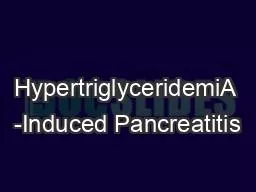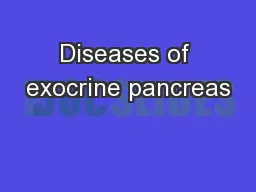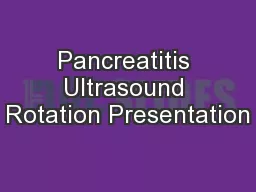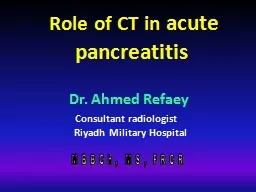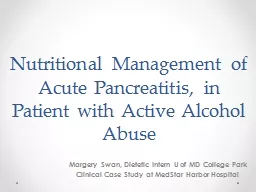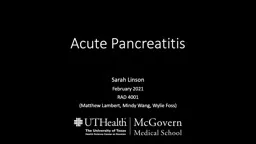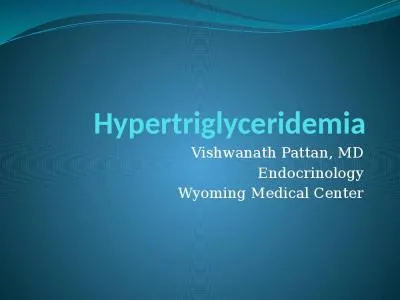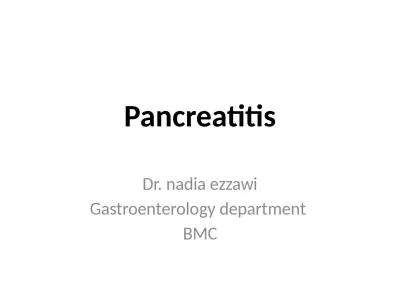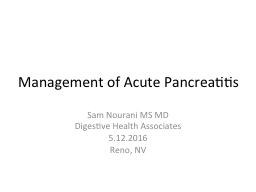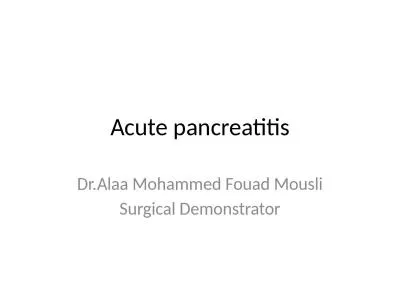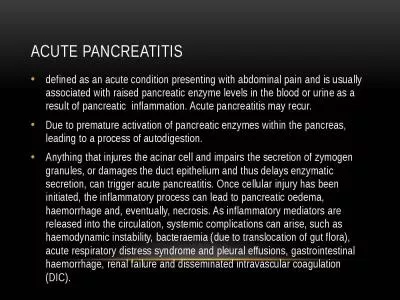PPT-HypertriglyceridemiA -Induced Pancreatitis
Author : coursion | Published Date : 2020-06-17
Richa Shukla PGY5 Faculty Mentor Dr Suneal Agarwal September 4 2014 HPI Reason for consult pancreatitis 31F G2P1 24weeks pregnant patient who presented as an
Presentation Embed Code
Download Presentation
Download Presentation The PPT/PDF document "HypertriglyceridemiA -Induced Pancreatit..." is the property of its rightful owner. Permission is granted to download and print the materials on this website for personal, non-commercial use only, and to display it on your personal computer provided you do not modify the materials and that you retain all copyright notices contained in the materials. By downloading content from our website, you accept the terms of this agreement.
HypertriglyceridemiA -Induced Pancreatitis: Transcript
Download Rules Of Document
"HypertriglyceridemiA -Induced Pancreatitis"The content belongs to its owner. You may download and print it for personal use, without modification, and keep all copyright notices. By downloading, you agree to these terms.
Related Documents

